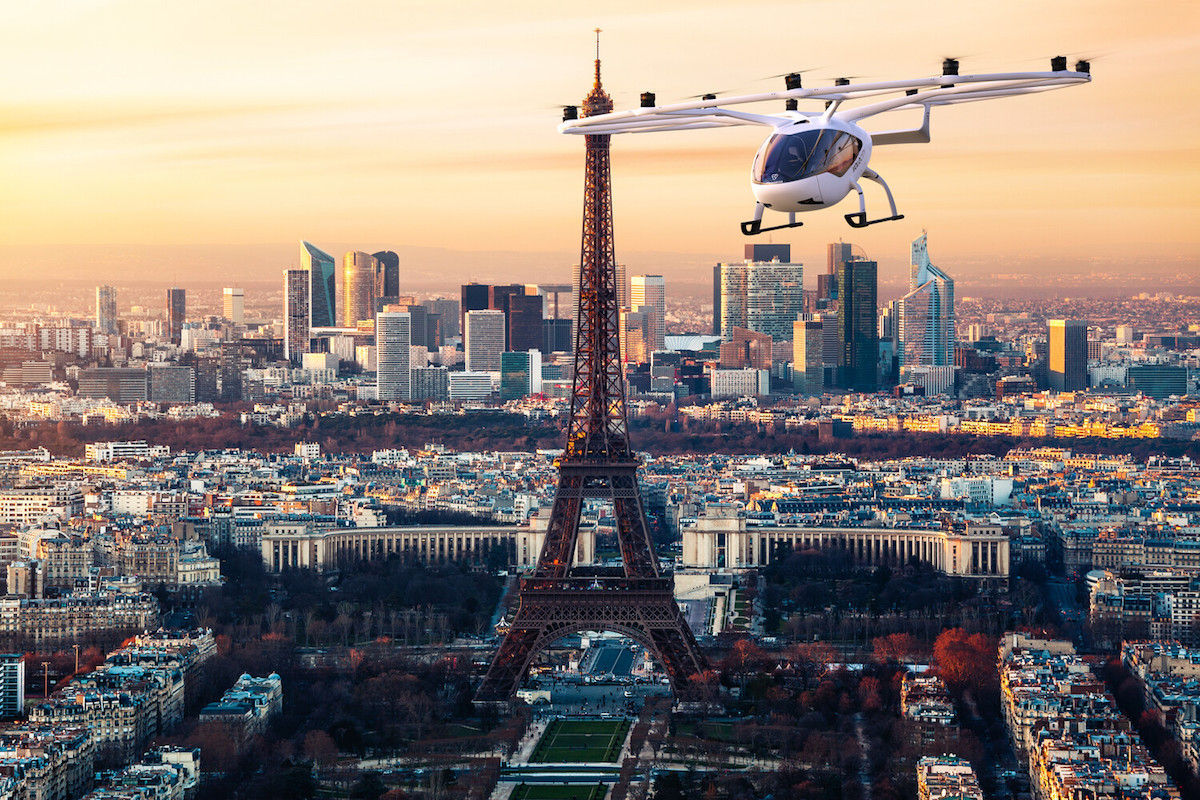Drone crashes in Paris are increasingly making headlines, raising concerns about safety and regulation in this bustling city. This article delves into the causes, consequences, and potential solutions surrounding these incidents, providing a comprehensive overview of this evolving issue. We’ll explore everything from technical malfunctions and pilot error to the impact on the city’s infrastructure and public perception.
We’ll examine recent incidents, analyzing the types of drones involved, the frequency of crashes, and how Paris compares to other major European cities. Understanding the contributing factors, including technical issues, human error, and environmental influences, is key to developing effective prevention strategies. We’ll also look at existing regulations, proposed improvements, and the future of drone technology in Paris.
Recent Drone Crash Incidents in Paris
Paris, a city renowned for its iconic landmarks and bustling atmosphere, has also seen its fair share of drone-related incidents in recent years. These incidents highlight the increasing challenges of integrating unmanned aerial vehicles (UAVs) into densely populated urban environments. Understanding the nature and frequency of these crashes is crucial for improving drone safety regulations and preventing future accidents.
Timeline of Significant Drone Crashes in Paris (Last Five Years)
Unfortunately, comprehensive, publicly accessible data on all drone crashes in Paris is limited. Official reporting often lacks detail, and many minor incidents may go unreported. However, based on news reports and available information, we can highlight some significant events. Precise details, such as specific drone models, are often not released for privacy or investigative reasons.
Due to the lack of a centralized, publicly available database of drone incidents in Paris, a precise timeline with detailed information for each event is difficult to compile. News reports often focus on the more dramatic incidents, leaving a gap in our understanding of the overall frequency of less serious crashes. Further research into official police and aviation accident reports would be needed for a more complete picture.
Types of Drones Involved in Paris Crashes, Drone crashes in paris
The types of drones involved in Paris crashes have varied. News reports have mentioned both consumer-grade drones, typically smaller and used for recreational purposes or photography, and potentially larger, more sophisticated drones, which may indicate commercial or professional use. However, without access to official incident reports, pinpointing specific models and manufacturers remains challenging. The lack of detailed information in public reports makes it difficult to draw conclusions about the relationship between drone type and crash frequency.
Frequency and Severity of Drone Crashes in Paris Compared to Other Major European Cities
Direct comparison of drone crash statistics between Paris and other major European cities is hindered by the inconsistent nature of data collection and reporting across different jurisdictions. Many cities lack comprehensive public databases on drone incidents. While anecdotal evidence suggests that Paris has experienced its share of drone-related incidents, a quantitative comparison with cities like London, Berlin, or Rome requires access to more standardized and publicly accessible data from each city’s aviation authorities and police departments.
Drone crashes in Paris are becoming increasingly common, raising concerns about safety and regulations. For a detailed report on a particularly significant incident, check out this article about a specific paris drone crash that highlighted crucial issues with airspace management. Understanding this case helps us learn how to prevent future drone crashes in Paris and improve overall drone safety.
This lack of standardized data makes it impossible to definitively assess the relative frequency and severity of drone crashes in Paris compared to other European capitals.
Causes of Drone Crashes in Paris
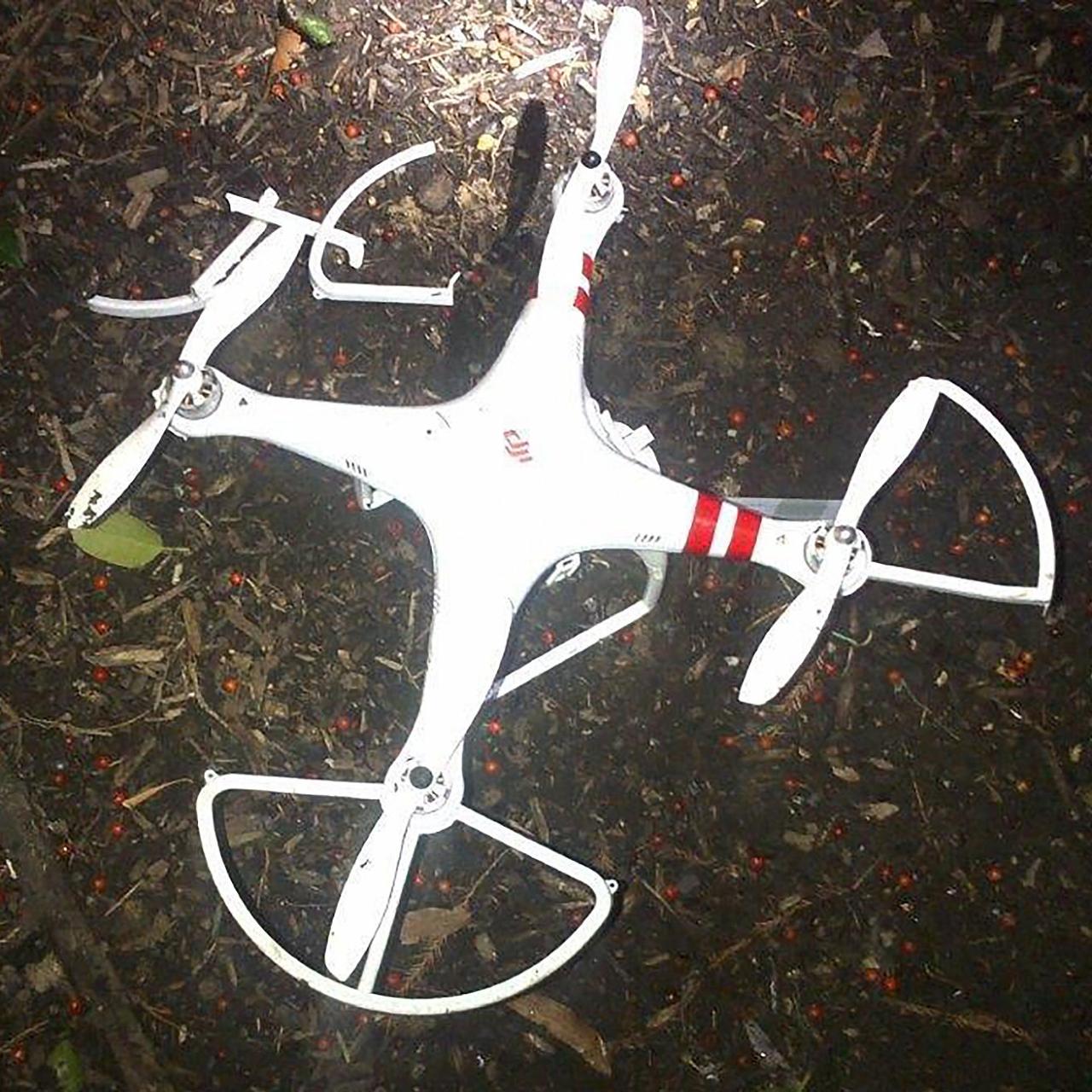
Drone crashes in Paris, like elsewhere, stem from a complex interplay of factors. Understanding these causes is crucial for improving drone safety and preventing future incidents. This section will explore the technical, human, and environmental factors contributing to these crashes.
Technical Malfunctions
Several technical issues can lead to drone crashes. Battery failure, for instance, can cause a sudden loss of power, leading to an uncontrolled descent. Malfunctioning motors, perhaps due to wear and tear or manufacturing defects, can result in loss of control and a crash. GPS errors, which can be exacerbated by interference or poor satellite reception in urban environments like Paris, can cause the drone to lose its position and orientation, leading to a crash.
Furthermore, issues with the drone’s flight controller software, such as glitches or bugs, can cause unexpected behavior and result in a crash. These technical failures highlight the importance of regular drone maintenance, using high-quality components, and employing appropriate safety measures.
Human Error
Human error plays a significant role in drone accidents. Pilot negligence, such as failing to check weather conditions or battery levels before flight, can have devastating consequences. Improper operation, including flying too close to obstacles or exceeding the drone’s operational limits, can also lead to crashes. Inadequate training, a lack of understanding of airspace regulations, or simply poor piloting skills contribute to a higher risk of accidents.
For example, a pilot unfamiliar with the nuances of flying in a crowded urban environment like Paris might struggle to navigate the complexities of the airspace and risk a collision.
Environmental Factors
Paris’s unique environment presents specific challenges for drone operation. Strong winds, particularly common near the Seine River or during storms, can easily overwhelm smaller drones, making control difficult and increasing the likelihood of a crash. Rain can affect the drone’s electronics, causing malfunctions or even short circuits. Furthermore, radio frequency interference from other electronic devices in a densely populated city like Paris can disrupt the drone’s communication with its controller, leading to loss of control.
The presence of tall buildings and other obstacles also adds to the complexity of safe drone operation.
Summary of Causes
| Cause Category | Specific Cause | Example | Mitigation Strategy |
|---|---|---|---|
| Technical Malfunction | Battery Failure | Sudden power loss mid-flight | Regular battery checks, use of high-quality batteries |
| Technical Malfunction | Motor Failure | Loss of control due to motor malfunction | Regular maintenance, use of high-quality motors |
| Technical Malfunction | GPS Errors | Drone losing its position and orientation | Flying in areas with good GPS signal, using redundant navigation systems |
| Human Error | Pilot Negligence | Flying in strong winds without proper assessment | Thorough pre-flight checks, adherence to safety guidelines |
| Human Error | Improper Operation | Flying too close to obstacles | Proper training, awareness of operational limits |
| Human Error | Inadequate Training | Lack of understanding of airspace regulations | Comprehensive drone pilot training |
| Environmental Factors | Strong Winds | Drone being blown off course | Avoiding flight in high winds |
| Environmental Factors | Rain | Water damage to drone electronics | Avoiding flight in rain |
| Environmental Factors | Radio Frequency Interference | Loss of control due to signal disruption | Flying in areas with minimal interference |
Impact of Drone Crashes in Paris
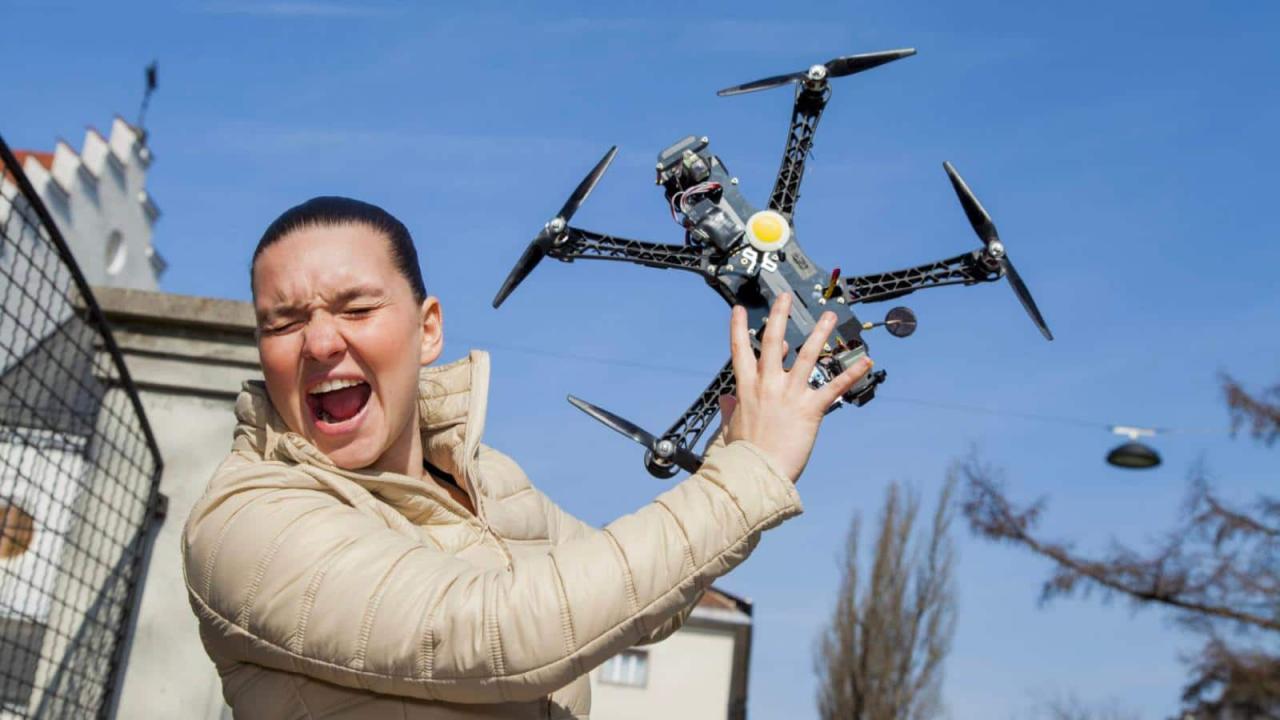
Drone crashes in Paris, while statistically less frequent than other forms of aviation accidents, can have significant consequences. The impact extends beyond immediate damage, affecting various aspects of Parisian life, from the economic sphere to public safety and infrastructure. Understanding these impacts is crucial for developing effective preventative measures and mitigating future incidents.
The potential repercussions of a drone crash are multifaceted and depend heavily on several factors, including the size and weight of the drone, its speed at impact, the location of the crash, and the nature of the objects or people affected. A small drone might cause minimal damage, while a larger, heavier drone could cause significant destruction.
Property Damage and Injuries
Property damage from drone crashes ranges from minor scratches on buildings to significant structural damage, depending on the drone’s size, weight, and impact speed. A drone crashing into a window could cause minor damage and require simple repairs, whereas a crash into a historic building could result in extensive and costly restoration work. Injuries are also a serious concern.
While less likely than property damage, a drone falling from a significant height could cause serious injuries or even fatalities to people on the ground. For example, a heavy drone falling onto a crowded Parisian street could cause multiple injuries requiring hospitalization.
Economic Impact of Drone Crashes
The economic impact of drone crashes encompasses various costs. Repair costs for damaged property can be substantial, depending on the extent of the damage. Insurance claims, both for property damage and potential liability for injuries, add to the financial burden. Legal liabilities can arise from accidents, leading to expensive lawsuits and settlements. Furthermore, disruptions to public services, such as temporary road closures or airport delays following a drone crash near critical infrastructure, can have considerable indirect economic consequences.
For instance, a drone crash disrupting air traffic at Charles de Gaulle Airport could lead to significant delays and cancellations, impacting tourism and trade.
Comparison with Other Aviation Accidents
While drone crashes are relatively infrequent compared to other aviation accidents in Paris, such as those involving larger aircraft, their impact should not be underestimated. The frequency of larger aircraft accidents is significantly lower due to stringent safety regulations and advanced technology. However, the consequences of such accidents are typically far more severe, often involving widespread destruction and numerous casualties.
Heard about those drone crashes in Paris? It makes you think about the safety and logistics of widespread drone use. To get a sense of the scale Amazon’s aiming for, check out this map of amazon drone delivery locations ; it’s pretty extensive. Considering their ambitions, preventing similar incidents in their operations is crucial, especially in densely populated areas like Paris.
Drone crashes, while usually less catastrophic in terms of scale, still represent a significant risk to public safety and can cause considerable economic disruption within localized areas.
Consequences of Drone Crashes: A Summary
The following bullet points Artikel the various consequences of drone crashes in Paris and their potential severity:
- Minor Property Damage: Scratches on buildings, broken windows (Low Severity)
- Significant Property Damage: Structural damage to buildings, requiring extensive repairs (High Severity)
- Minor Injuries: Bruises, cuts (Low Severity)
- Serious Injuries: Fractures, head trauma (High Severity)
- Fatalities: Death resulting from impact (Catastrophic Severity)
- Disruption to Public Services: Road closures, airport delays (Severity varies depending on duration and impact)
- Economic Losses: Repair costs, insurance claims, legal fees (Severity varies depending on the extent of damage and legal ramifications)
Safety Regulations and Prevention Measures
Soaring drones present both exciting possibilities and significant safety challenges in a bustling city like Paris. Understanding and adhering to regulations, coupled with proactive safety measures, are crucial for preventing accidents and ensuring responsible drone operation. This section details the current regulatory landscape and offers practical steps for safer drone flights.Current Drone Regulations in France and Paris aim to balance technological innovation with public safety.
These regulations cover various aspects, from drone registration and licensing to operational restrictions in specific airspace. Stricter rules apply near sensitive areas such as airports, landmarks, and crowded public spaces. Penalties for non-compliance can be substantial, including fines and even imprisonment.
Drone Registration and Licensing
Drone registration and licensing are fundamental aspects of preventing crashes. In France, depending on the drone’s weight and intended use, registration and a specific pilot’s certificate may be required. This process verifies the operator’s competency and ensures accountability. Registered drones are easily identifiable, aiding in investigations following incidents. The licensing system ensures that operators possess the necessary skills and understanding of airspace regulations to operate safely.
Drone crashes in Paris are becoming increasingly common, causing concern for both safety and airspace management. A recent incident highlighted this issue, check out the details of this specific paris drone crash for more information. Understanding these incidents helps us improve drone safety regulations and prevent future crashes in Paris and other major cities.
Failure to register or obtain the appropriate license results in legal penalties and compromises public safety.
Safety Measures for Drone Operators
Implementing safety measures significantly reduces the risk of drone accidents. Before each flight, operators should perform thorough pre-flight checks, including inspecting the drone’s components, verifying battery levels, and testing the control system. Always remain within visual line of sight of your drone, avoiding distractions and maintaining situational awareness. Understanding local airspace restrictions and adhering to them is paramount.
Using appropriate flight planning software to map out the flight path and avoid potential hazards is recommended. Furthermore, carrying spare batteries and having a backup plan in case of technical malfunctions are vital. Finally, being aware of weather conditions and avoiding flights in adverse weather is essential for safe operation.
Recommendations for Improving Drone Safety in Paris
Several improvements can enhance drone safety in Paris. Stricter enforcement of existing regulations is critical. Increased public awareness campaigns can educate both drone operators and the public about safe drone practices. Investing in advanced technologies, such as drone detection and geofencing systems, can help monitor and restrict drone flights in sensitive areas. Developing a comprehensive drone traffic management system, similar to air traffic control for manned aircraft, could help manage the increasing number of drones in the airspace.
Collaboration between authorities, drone operators, and technology developers is essential to create a safer and more efficient drone ecosystem. Finally, regular reviews and updates of existing regulations to adapt to technological advancements and evolving safety concerns are necessary.
Public Perception and Media Coverage
Drone crashes in Paris, while relatively infrequent compared to other types of accidents, garner significant media attention due to the city’s iconic status and the novelty of drone technology within its densely populated urban landscape. This media coverage, in turn, shapes public perception of drone safety and influences attitudes towards drone usage.Media portrayals of drone crashes in Paris often emphasize the dramatic visuals – a damaged drone, perhaps debris scattered across a historic landmark, or emergency services responding to the incident.
Sensationalized headlines and images are frequently used to capture public interest, sometimes disproportionate to the actual scale of the incident or its consequences. This can lead to a heightened sense of risk and fear among the public, particularly concerning the potential for damage to property or injury to people.
Media Portrayal of Drone Crashes
News reports typically highlight the location of the crash, the extent of any damage, and the response of authorities. The cause of the crash, if known, is also usually reported, along with any ongoing investigations. The media frequently interviews experts to provide commentary on the safety regulations surrounding drone use and the potential risks involved. While some reports may focus on the technological aspects of the incident, many prioritize the human element, focusing on potential harm and the disruption caused.
The tone of the reporting can vary; some outlets might focus on the negative aspects, emphasizing the potential dangers, while others might adopt a more balanced approach, acknowledging both the risks and benefits of drone technology.
Public Perception of Drone Safety
The public’s perception of drone safety in Paris is complex and often influenced by media coverage. Many people are aware of the potential risks associated with drones, particularly in crowded urban environments. Concerns include the possibility of collisions with buildings, aircraft, or people; damage to property; and the potential for drones to be used for malicious purposes. This perception is further shaped by the types of drones used.
Smaller, recreational drones might evoke less concern than larger, commercial drones, which are often associated with higher risks due to their size and capabilities. Trust in regulatory bodies and enforcement of safety regulations also plays a significant role in shaping public opinion. A perceived lack of effective oversight can lead to increased anxiety about drone use.
Comparison with Other Accidents
Public reaction to drone crashes in Paris is often compared to reactions to other types of accidents, such as car accidents or bicycle accidents. While the frequency and scale of these other accidents are significantly higher, the novelty of drone technology and the potential for widespread disruption contribute to the disproportionate attention given to drone crashes. The perceived lack of control over drones, as opposed to the perceived control drivers have over vehicles, can also amplify public anxiety.
In contrast to incidents involving human error, drone accidents may be perceived differently, with the technology itself sometimes blamed rather than the operator.
Hypothetical News Report: Drone Crash in Paris
Headline: Drone Crashes Near Eiffel Tower, Sparking Safety Debate Lead: A drone crashed near the Eiffel Tower this morning, narrowly missing tourists and causing minor damage to a nearby cafe. Authorities are investigating the incident, raising concerns about drone safety regulations in the city. Body: The incident occurred around 10:00 AM local time. Witnesses reported seeing a drone lose control and descend rapidly, narrowly avoiding a large group of tourists.
The drone, described as a relatively large model, crashed into a cafe awning, causing minor damage. No injuries were reported. Police swiftly secured the area and initiated an investigation. The drone’s operator has yet to be identified. The incident has reignited a debate about the need for stricter regulations on drone use in densely populated areas like Paris.
Experts are calling for increased enforcement of existing rules and the implementation of more sophisticated safety technologies. Many Parisians expressed concern about the incident, highlighting the potential dangers of drones in such a crowded urban setting. Others expressed skepticism about the effectiveness of current regulations.
Future of Drone Use in Paris
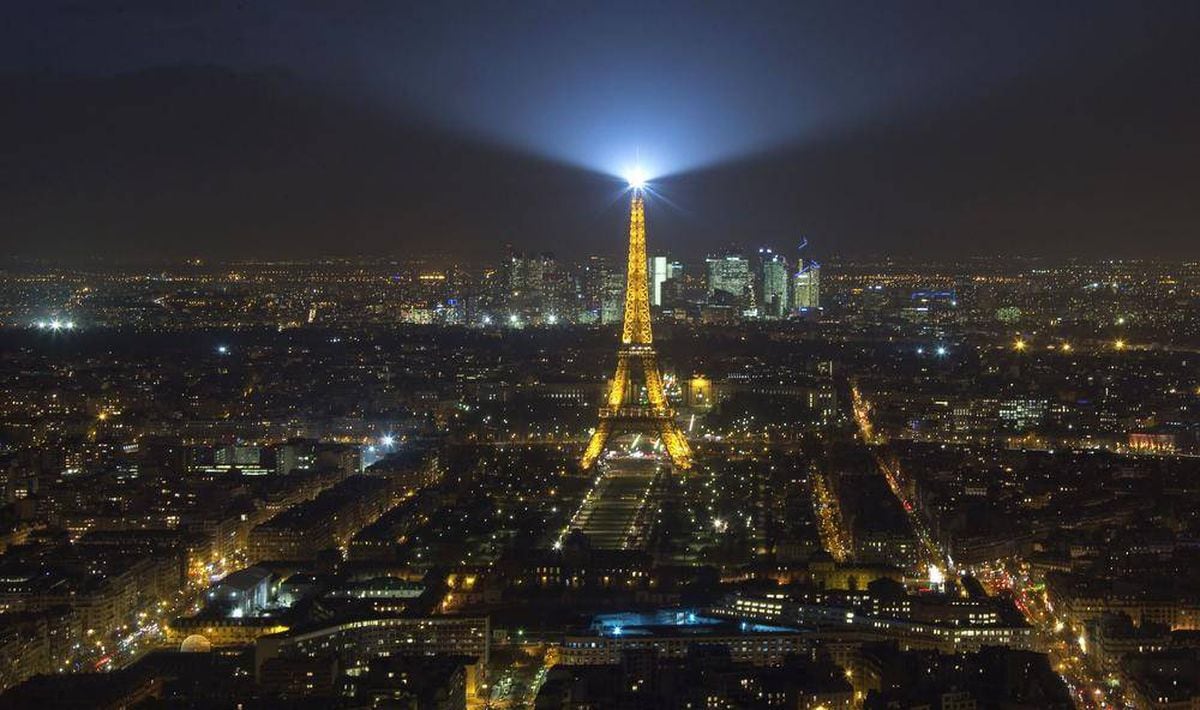
The recent drone crashes in Paris highlight both the exciting potential and inherent risks of unmanned aerial vehicle (UAV) technology in urban environments. While incidents have raised concerns, advancements in technology and stricter regulations pave the way for a safer and more integrated future for drones in the City of Lights. Looking ahead, we can expect significant changes in how drones are utilized and regulated, balancing innovation with public safety.Technological advancements are key to mitigating future drone crashes.
Improved sensor technology, such as advanced obstacle avoidance systems using LiDAR and radar, will enhance situational awareness and prevent collisions. More robust communication systems, including redundant links and fail-safe mechanisms, will minimize the impact of signal loss. Furthermore, the development of artificial intelligence (AI)-powered flight control systems promises more precise and responsive drone navigation, even in complex urban environments like Paris.
These technological upgrades will make drone operations significantly safer and more reliable.
Advancements in Drone Technology Improving Safety
Several key technological advancements are poised to significantly improve drone safety. Enhanced battery technology will increase flight times, reducing the need for frequent landings and potentially risky mid-flight battery changes. More sophisticated GPS and navigation systems, integrated with real-time mapping data, will allow for more accurate and predictable flight paths, minimizing the risk of straying into restricted airspace or colliding with obstacles.
Finally, the integration of “geo-fencing” technology, which restricts drone operation to pre-defined areas, will further enhance safety by preventing unauthorized flights over sensitive locations.
Predictions for Future Drone Use in Paris
The future of drone use in Paris presents both challenges and opportunities. On one hand, increased regulation and public scrutiny will likely limit certain applications, particularly those involving high-risk operations or sensitive locations. However, we can anticipate a rise in responsible drone use across various sectors. Delivery services, particularly for time-sensitive goods like medical supplies or urgent documents, could greatly benefit from drone integration.
Infrastructure inspections, such as monitoring the condition of bridges and buildings, can be made more efficient and cost-effective through the use of drones. Moreover, tourism and entertainment applications, such as guided drone tours showcasing Paris’s iconic landmarks, are likely to grow in popularity, provided appropriate safety protocols are in place. These applications, however, must be carefully balanced with the need to preserve the city’s unique aesthetic and cultural heritage.
Visual Representation of Future Drone Usage in Paris
Imagine a vibrant illustration depicting the Parisian skyline at sunset. The Eiffel Tower stands majestically, with several small, sleek drones subtly weaving through the air, some carrying small packages, others equipped with high-resolution cameras capturing stunning aerial footage. These drones are depicted as brightly lit, clearly marked, and moving along designated flight paths, indicating a system of managed airspace.
In contrast, a few older, less sophisticated drones are shown as blurred and slightly out of control, representing the risks associated with outdated technology. The overall image conveys a sense of controlled and integrated drone operations, showcasing the potential for safe and efficient drone use alongside Paris’s existing infrastructure and cultural landscape. The key elements – the iconic landmarks, the clearly marked flight paths, the contrast between modern and outdated drones – effectively communicate the vision of a future where drone technology seamlessly integrates into the Parisian fabric, prioritizing safety and efficiency.
Final Review
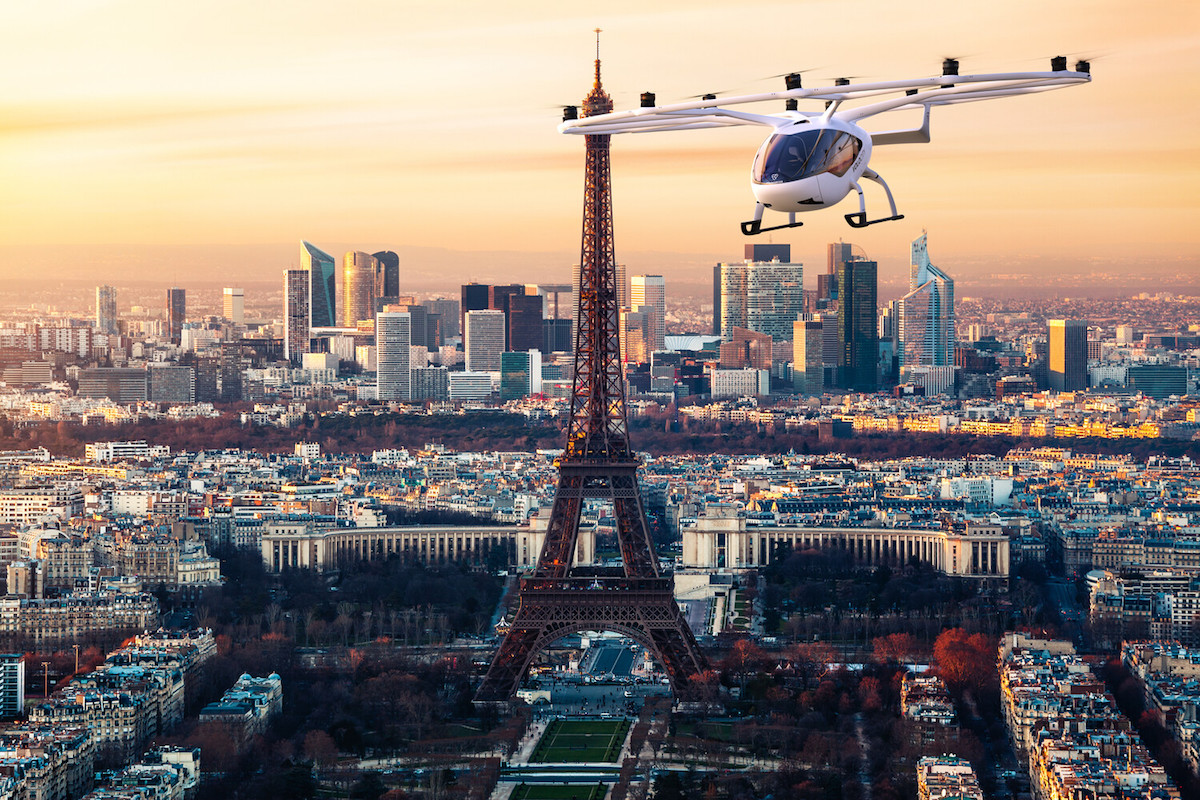
The increasing use of drones in Paris presents both opportunities and challenges. While drones offer potential benefits across various sectors, the risk of crashes remains a significant concern. Addressing this issue requires a multi-pronged approach involving technological advancements, stricter regulations, improved pilot training, and a heightened public awareness of safe drone operation. By proactively tackling these issues, Paris can harness the benefits of drone technology while mitigating the risks associated with its use.
Question & Answer Hub
What are the most common causes of drone crashes in Paris?
Common causes include pilot error (lack of experience, ignoring weather conditions), technical malfunctions (battery failure, GPS issues), and environmental factors (strong winds, obstacles).
How are drone crashes investigated in Paris?
Investigations typically involve examining the drone’s flight data recorder (if equipped), interviewing witnesses, and assessing environmental conditions at the crash site. Relevant authorities, like the DGAC (French Civil Aviation Authority), handle investigations.
What is the penalty for operating a drone illegally in Paris?
Penalties vary depending on the severity of the violation but can include fines, drone confiscation, and even criminal charges in cases of serious harm or negligence.
Where can I find information on current drone regulations in Paris?
The DGAC website and local government websites offer information on current drone regulations and airspace restrictions within Paris and surrounding areas.
